|
Planners plan ahead, especially for Halloween. We've got a list of some costume ideas for us planner folk.
Just like any profession, there are the clockwatchers and there are clockmakers in urban planning. You can guess which ones are preferred, though I figure the clockwatchers would avoid this article like the plague. This article is intended for planners and aspiring professionals who want to up their game. Below is a list of tips that has worked for me...
Yes you read that right, 'Six Degrees of Urban Planners' not 'Six Degrees of Kevin Bacon'. 'Six Degrees of Urban Planners' is not connecting planners to Kevin Bacon, however you probably could through his father, famed Philadelphia Planning Commission Director Edmund Bacon. No, the object of the game is to connect urban planners to each other. How? You might ask. Well, you first need to add your branch to the Planner Family Tree, and encourage your planning friends and colleagues to do the same!
Planning Peeps recaps the best urban planning memes of 2018. It was hard to narrow it down to ten, but these were the most liked, shared, and commented on planning memes of the year!
|
|
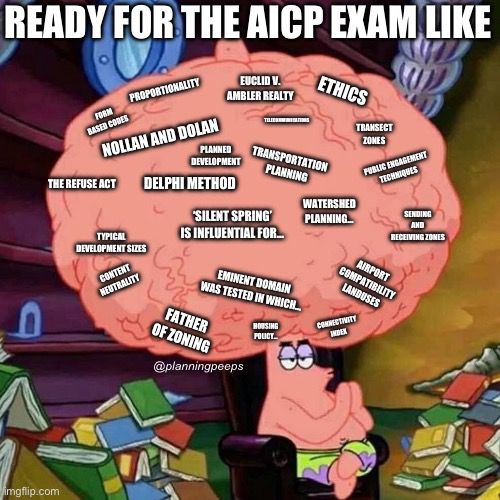
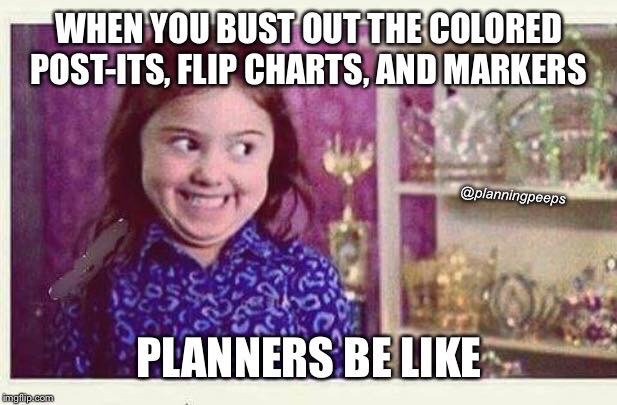
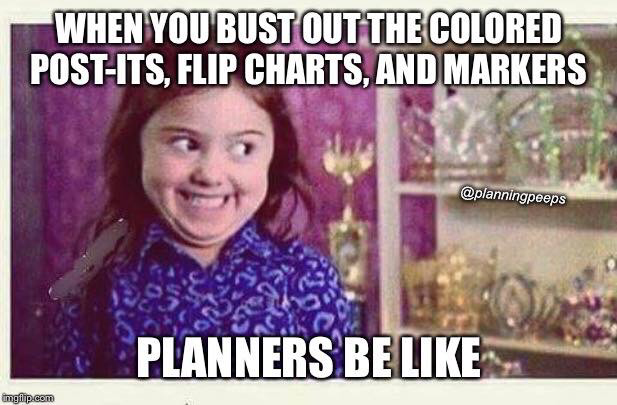
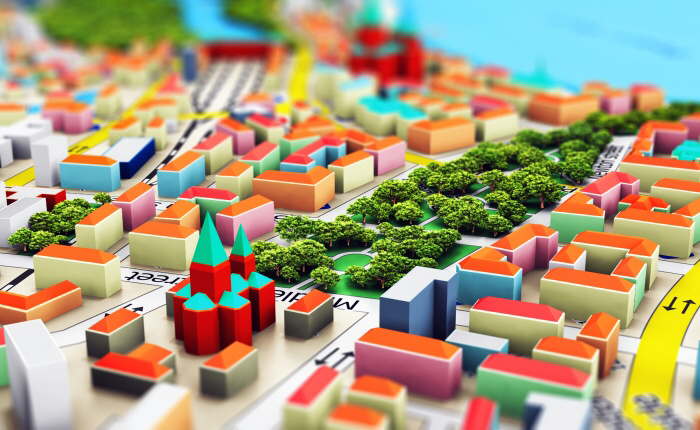
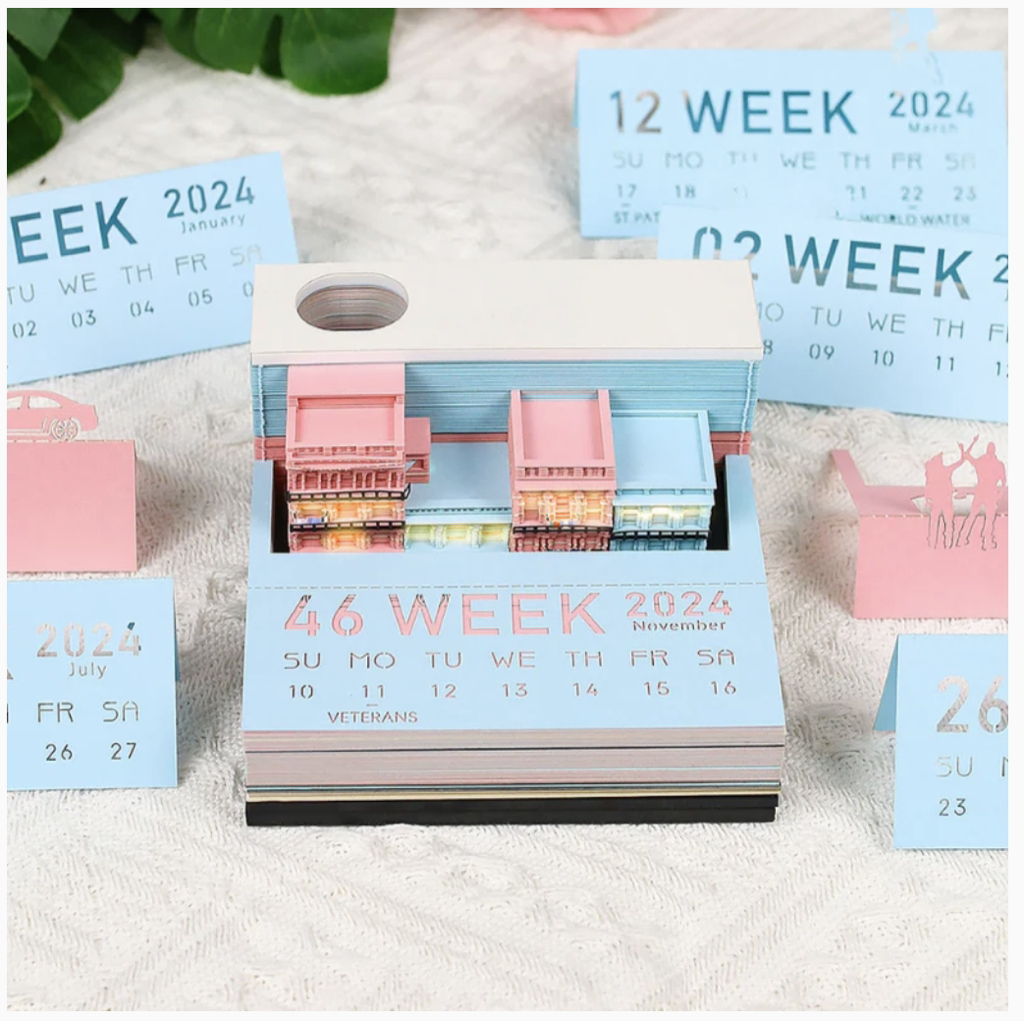

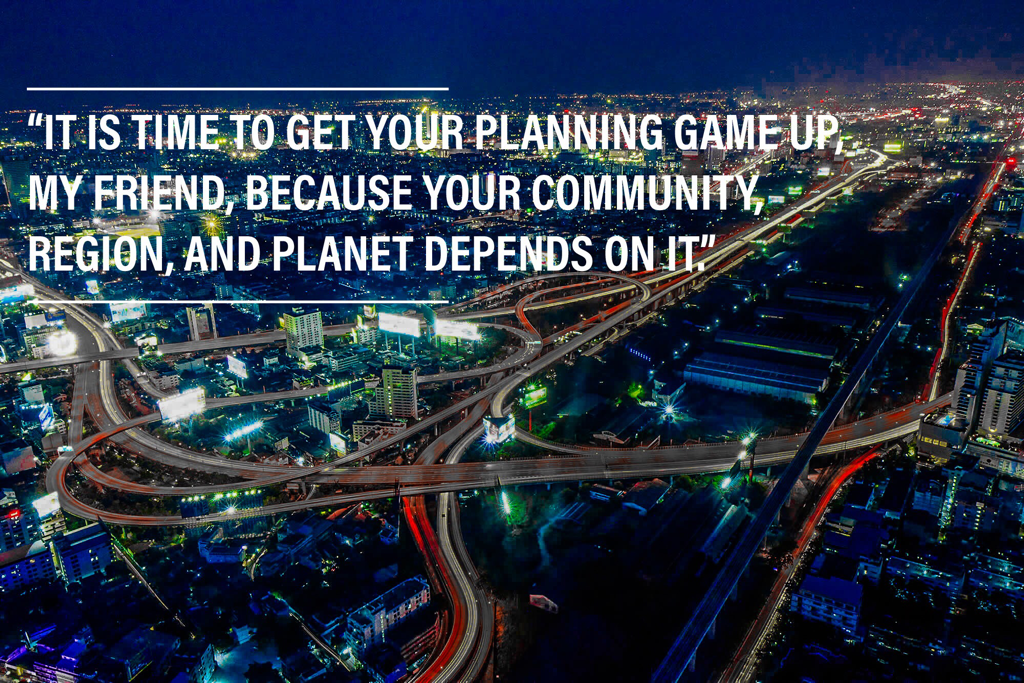
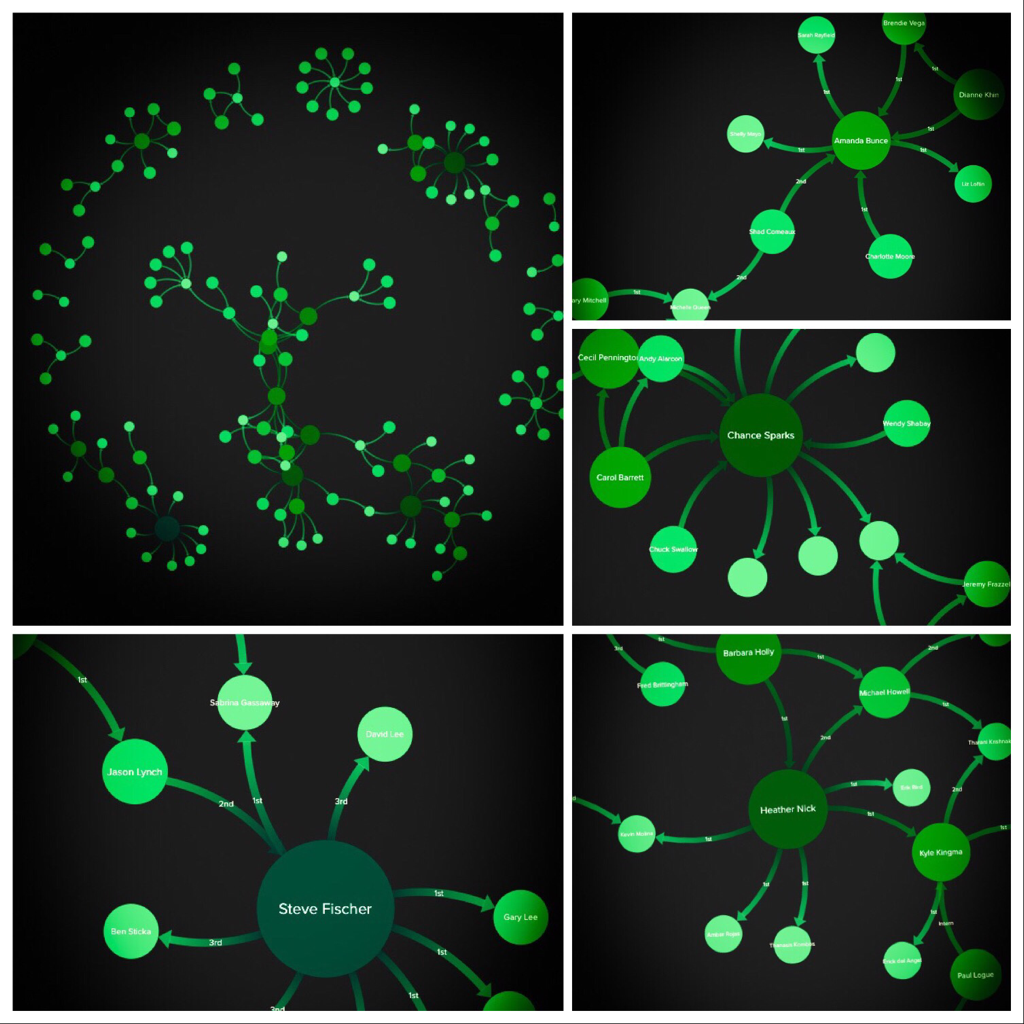


 RSS Feed
RSS Feed